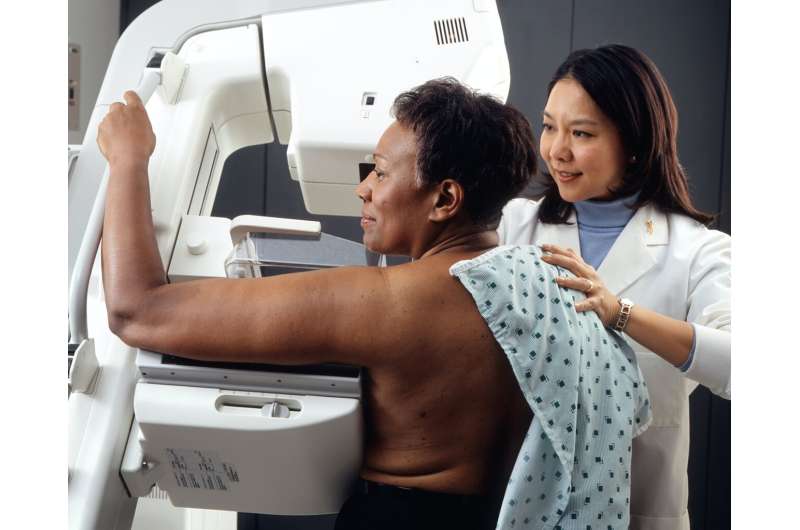Medicaid and Cancer Screening: Trends, Barriers, and Strategies in New Jersey

New Jersey's Medicaid program is pivotal in increasing cancer screening rates, but barriers remain. Recent research highlights progress, challenges, and strategies to improve early detection through culturally competent outreach and policy support.
New Jersey ranks as the 10th-highest state for cancer incidence in the United States, making cancer a leading cause of death in the region. Despite ongoing efforts, many preventable cancer deaths occur annually, highlighting the importance of effective screening programs.
The state's Medicaid program, NJ FamilyCare, plays a crucial role in providing access to cancer prevention services and guideline-based screenings for over 1.8 million residents. Medicaid’s comprehensive coverage helps make these vital screenings affordable, especially for low-income populations, pregnant women, children, and individuals with disabilities. Over recent years, policies have expanded to include diagnostic testing costs, aiming to detect cancers early and improve outcomes.
However, recent studies led by Rutgers University reveal concerning trends affected by federal policy changes. Ann Nguyen, an associate research professor at Rutgers Center for State Health Policy, analyzed Medicaid claims data from 2017 to 2022. The research indicates a sharp decline in screening rates during the COVID-19 pandemic’s onset, with an impressive rebound in breast cancer screening rates surpassing previous peaks. Meanwhile, cervical and colorectal screening rates have recovered more slowly.
Interestingly, the data shows higher screening rates among Hispanic populations and along New Jersey’s Shore region, likely due to culturally competent outreach and the deployment of community-based navigators. These navigators embed themselves within communities, speaking local languages and building trust, which has been instrumental in increasing screening participation among underserved groups.
Barriers to cancer screening in New Jersey operate at multiple levels. Patient-level barriers include social determinants of health such as geographic access, insurance coverage, language barriers, health literacy, and medical mistrust. Healthcare providers face challenges like staying updated with screening guidelines and managing time constraints, which limit their ability to offer screenings consistently. Systemic issues involve infrastructural deficits, lack of integrated health records, and poor communication between screening facilities and healthcare providers. These barriers often disproportionately affect racial, ethnic, and socioeconomically disadvantaged populations.
To improve screening rates, healthcare organizations are increasingly emphasizing culturally tailored community outreach, emphasizing the importance of diversifying the workforce, and establishing stronger referral networks. Strategies such as personalized patient outreach, digital engagement, incentives, and collaborations with local clinics and specialists are vital for overcoming existing gaps.
Dr. Anita Kinney, co-author of the studies and director of ScreenNJ—a partnership combining efforts from Rutgers and the New Jersey Department of Health—underscores the importance of sustained investment and policy support, particularly from Medicaid, to prevent late-stage cancer diagnoses. Cuts in federal Medicaid funding threaten to reverse impressive progress, potentially leading to increased treatment costs, poorer patient outcomes, and higher societal burdens.
In conclusion, targeted efforts to address systemic barriers, enhance culturally appropriate outreach, and maintain robust Medicaid support are essential for increasing cancer screening uptake in New Jersey. These measures not only save lives but also reduce long-term healthcare costs, illustrating the critical intersection of policy, community engagement, and healthcare innovation.
Stay Updated with Mia's Feed
Get the latest health & wellness insights delivered straight to your inbox.
Related Articles
Viral Strategy Uses Mitochondrial Remodeling to Evade Immune Response and Identify New Drug Opportunities
Scientists at The Wistar Institute have discovered how herpesviruses manipulate mitochondrial structure to evade immune responses, offering new drug development targets to treat virus-related diseases.
New Therapeutic Target Could Prevent Transition from Chronic Gut Inflammation to Cancer
Researchers at Charité Berlin have identified a new immune pathway involving interleukin-22 and oncostatin M that could lead to targeted therapies for preventing cancer in chronic gut inflammation cases, offering hope for high-risk patients.
Innovative Tool Assesses Equity in NYC Hospital Care
A groundbreaking study from CUNY introduces the Proportional Share Index (PSI), a tool to measure fairness in healthcare access across NYC hospitals, highlighting disparities between private and public institutions.
Questioning the Reliability of FDA-Approved Metrics for Rectal Cancer Drug Effectiveness
A new study questions the reliability of the FDA-supported metric, pathologic complete response, used to evaluate the effectiveness of rectal cancer treatments, suggesting it may not predict long-term survival.



